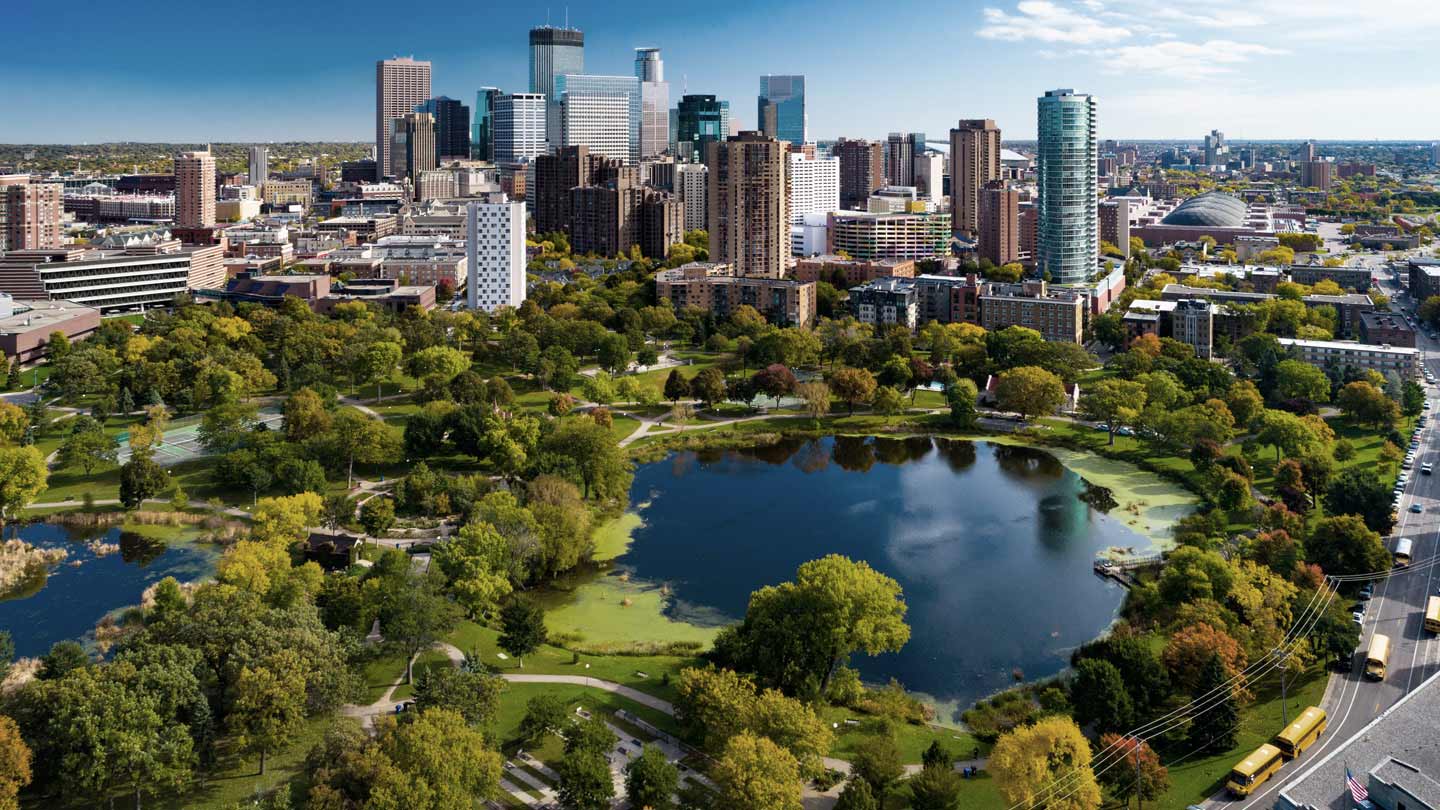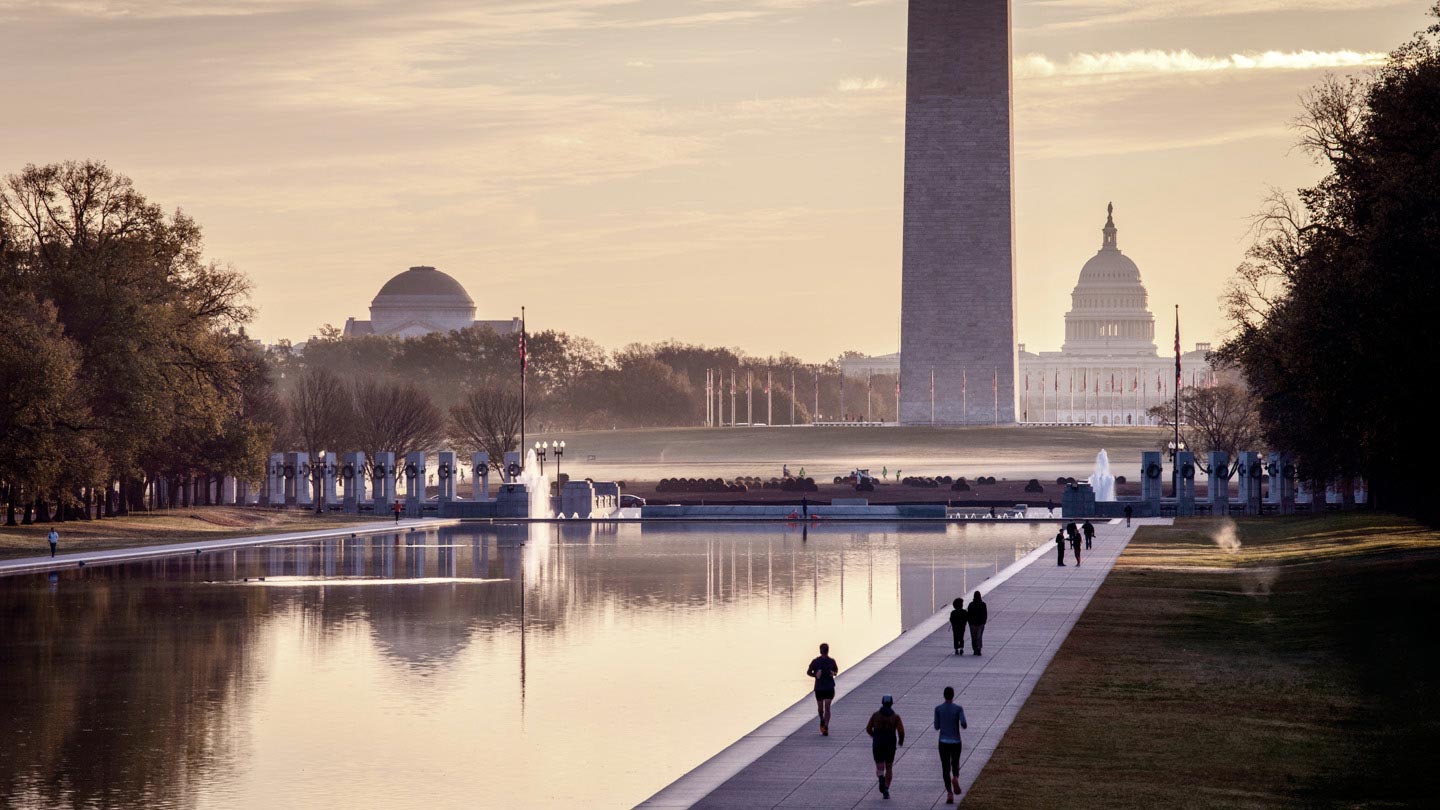
Key takeaways
- Preserving affordable and workforce housing plays a critical role in solving the housing crisis, especially for middle-income renters.
- By keeping their properties affordable, owner/operators can reap economic and social benefits.
- JPMorgan Chase’s Affordable Housing Preservation program provides a financial incentive to preserve affordable housing multifamily units to those who qualify.
When some people hear the term “affordable housing,” they think of public housing projects and vouchers. But those options only scratch the surface.
“JPMorgan Chase takes a multi-pronged approach to tackling the housing crisis. We not only help finance new affordable housing construction, but also work to preserve naturally occurring affordable housing by financing multifamily residential rental properties that maintain low rents without federal subsidies,” said Ed Ely, Head of Commercial Term Lending at JPMorgan Chase.
By keeping their properties affordable for teachers, firefighters, healthcare workers and other members of the working class, property owner/operators can reap many benefits—including financial incentives from JPMorgan Chase.
"As part of our ongoing work to tackle the affordable housing crisis, we want to recognize our clients who are preserving workforce housing to help their communities."

Ed Ely
Head of Commercial Term Lending
The increasing demand for affordable housing
There’s a continued need for affordable housing across the U.S., and it grew when COVID-19 hit. That demand spans extremely low-income to middle-income households.
However, middle-income renters—households earning 80%-100% of the area median income (AMI)—are often overlooked. Unlike households earning above the AMI, they can’t afford market-rate rental housing. And middle-income renters don’t qualify for the government housing subsidies that low-income households do. Few programs protect these households from rising rental costs.
Affordable housing defined
Big A refers to multifamily housing with rates and regulations mandated by an underlying agreement that specifies income limits for tenants, such as the Housing Assistance Payments contract.
Little a references multifamily housing that contains naturally affordable units based on the age of the property and amenities, relative to newer properties in the market.
Preserving affordable housing
Preserving affordable housing can benefit multifamily property owners socially and financially.
Lower vacancy rates and longer-term tenants
Affordable workforce housing is always in high demand, so owner/operators are likely to see lower vacancy rates.
“If you’re maintaining your property well and keeping rents slightly below market, that can translate to higher long-term occupancy,” Ely said. “Long-term tenants are often more active community members with a vested interest in their neighborhood’s health, too.”
Because tenants at the properties are more likely to rent for an extended time, owner/operators have a better chance of building trust.
“Oftentimes, our clients know their tenants on a much deeper level than just a rent check,” said Kurt Stuart, Head of Commercial Term Lending East at JPMorgan Chase. Many of the firm’s clients take pride in their relationships with residents and know everything from their children’s birthdays to their upcoming run for the local council.



*Data encompasses Los Angeles and Cook Counties and Washington, DC. Rents assume tenant pays utilities. Source: Federal Housing Finance Agency, January 2021
Tax exemptions and abatements
Some cities and counties offer tax incentives to building owners who preserve affordable housing. For example, the Multiple-Unit Limited Tax Exemption Program in Portland, Ore., awards projects with a property tax exemption on structural improvements. And Washington, D.C., offers a tax abatement on qualifying properties reserved for low-income households.
Provide economic security
Although homeowners across the country struggle to find secure, well-maintained housing in their price range, housing affordability problems are more than twice as common among renters than homeowners.1
In 2019, 46.3% of renter households were cost-burdened (spending more than 30% of their incomes on rent and utilities), including 23.9% with severe burdens (spending more than 50%).
When people aren’t burdened with housing costs, they’re able to spend money elsewhere in the community—at local grocery stores, doctor’s offices or neighborhood shops.
"Preserving affordable housing is really about protecting the livelihood and vitality of cities."

Kurt Stuart
Managing Director, Commercial Term Lending Northeast
Preserve communities
“Preserving affordable housing is really about protecting the livelihood and vitality of cities,” Stuart said.
For example, it’s linked to lower crime rates and increased health and education outcomes for children, plus increased purchasing power, tax revenues and job creation, Ely said.
Secure, decent housing can promote better health. It gives households improved access to healthcare, transportation, jobs and vibrant communities. Affordable housing also has broader community benefits.
Affordable and workforce housing also helps preserve the character of neighborhoods. People gravitate toward cities because of their unique, diverse communities with local restaurants, coffee shops, stores and other businesses. Affordable and workforce housing can help preserve the character of neighborhoods.
“In reality, people working to help a neighborhood thrive often can't afford to live there without access to affordable housing,” Stuart said.
JPMorgan Chase’s affordable housing preservation program
On top of these benefits, JPMorgan Chase has an Affordable Housing Preservation program. Through the program, qualified clients can preserve affordability in a portion of their existing subsidized multifamily properties in exchange for a pricing incentive that lasts the life of their loan. The program has preserved more than 35,000 apartment units to date and the firm has surpassed its $2.5 billion goal for 2021, Ely said.
Affordable housing preservation program eligibility
- At least 50% of the apartment units must have a total rental amount less than 30% of 100% of AMI.
- Discounts are reviewed annually to confirm applicability.
“It’s great to have a lender who is actually taking steps to help alleviate the pressure on landlords who serve the less fortunate in our society, especially during the past 12 months with COVID,” said Change Lee, one of the property owner/operators in the program. ”Operating expenses continue to increase, and being able to offset those costs with more competitive financing allows us to work with tenants who are in tough financials positions.”
John Hassler, another participating property owner/operator, agreed. “JPMorgan Chase’s affordable housing preservation program is more than a signal to the market of good intentions. It creates tangible economic incentives that will enable me to continue to operate at the intersection where doing right for my community and good business meet.”
The path forward
Affordable housing is a key component of the firm’s recent $30 billion commitment to drive an inclusive recovery and break down barriers of systemic racism.
JPMorgan Chase Commercial Real Estate has delivered affordable workforce housing solutions for decades, and we remain dedicated to tackling the housing crisis. Whether we’re helping clients preserve their community’s workforce housing, developing affordable supportive housing or working with Community Development Financial Institutions, we’re all doing our part.
Check the Affordability Calculator to see if your property qualifies for a pricing incentive through JPMorgan Chase’s affordable housing preservation program.
References
The State of the Nation’s Housing 2020 report from the Joint Center for Housing Studies of Harvard University







